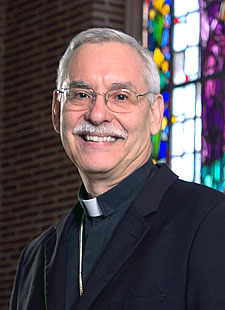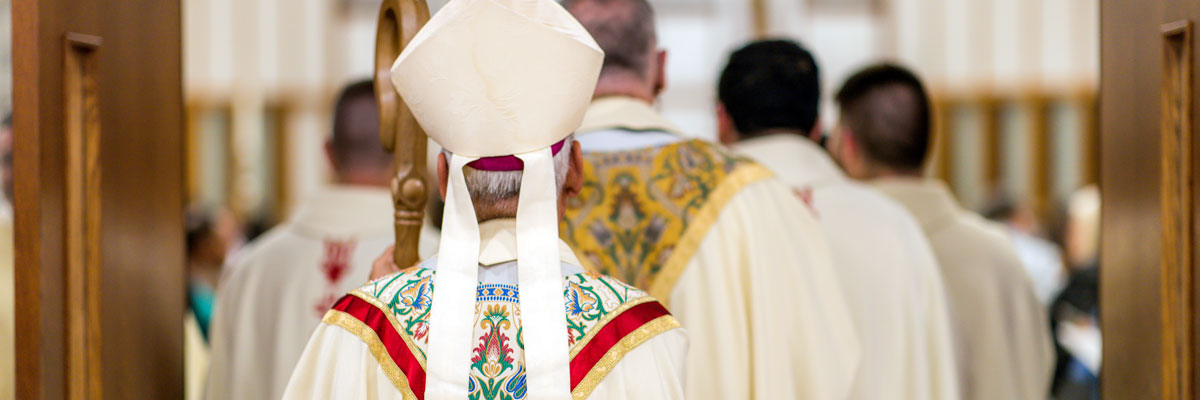Official Website of the
Catholic Diocese of Little Rock
Bishop releases liturgical updates June 26
Published: June 28, 2024
Bishop Anthony B. Taylor released the following "Liturgical Updates in the Light of the Eucharistic Revival," June 26, 2024, to all priests, deacons and parish secretaries in Arkansas. These policies are effective June 29, 2024, the Solemnity of Sts. Peter and Paul, Apostles, in the Diocese of Little Rock.
"We are now in the third and final year of the Eucharistic Revival called for by the United States bishops to increase our people’s understanding of and reverence for the Eucharist in the light of CARA research that indicates declining faith in the real presence of Jesus in the Eucharist among many Catholics. The intent of the following policies is to foster greater coherence in the things we do to express our faith in the real presence of Christ in the Eucharist, while at the same time expressing the unity of the community of believers in prayer and song — communion with Christ really present in the Eucharist and communion with his body the Church.
 Posture to be Assumed for the Reception of Communion
Posture to be Assumed for the Reception of Communion
In the United States the posture established by the United States Conference of Catholic Bishops and specifically approved by Rome for the United States is for Communion to be received standing, unless an individual for personal reasons wishes to receive Communion kneeling, which that individual shall not be denied. In this case no kneeler should be provided since this would serve to facilitate a manner of reception that is out of step with the normative practice in this country, which is standing. Communion may be received in the hand or on the tongue and the decision is that of the person receiving, not the person distributing holy Communion.
Music During Communion
The unity of the congregation in prayer and song is expressed by the choice of music to be sung during Communion. The songs should be very well known to the congregation and the function of the choir and cantor is to support the singing of the congregation, not replace it. Better to re-use familiar songs repeatedly than to use songs that are not well known by the average person in the congregation. Should the choir desire to offer a choir-led sung meditation, the appropriate time would be during the offertory when the collection is being taken up.
Though clapping to accompany the music of more charismatic type songs is acceptable, there should NEVER be applause to express appreciation following a song sung by the choir or instrumental music played during or following the liturgy. This is because such applause changes what should be prayer into a performance. The music is at the service of the liturgy, not vice versa, and so should accompany the liturgical action and end as soon as the liturgical action ends. Gratitude for the efforts of the choir could instead be expressed with applause at the time of the announcements.
Posture to be Assumed Following Communion
There was a time when the diocese asked people to stand when Communion began to be distributed and to remain standing until all had received and the left-over Eucharist was placed in the tabernacle. This was intended to express the unity of the congregation in prayer and song, but in retrospect this may have had the unintended consequence of downplaying the importance of private thanksgiving and devotion. The centuries-old practice was for people to return to their place following Communion, to kneel and make a private prayer of thanksgiving, after which the person would join in the singing. At this point the person would usually remain kneeling until the Blessed Sacrament is back in the tabernacle but could sit following a moment of private prayer if preferred. This is the custom in our diocese."
Sincerely in Christ,
+Anthony B. Taylor
Bishop of Little Rock






